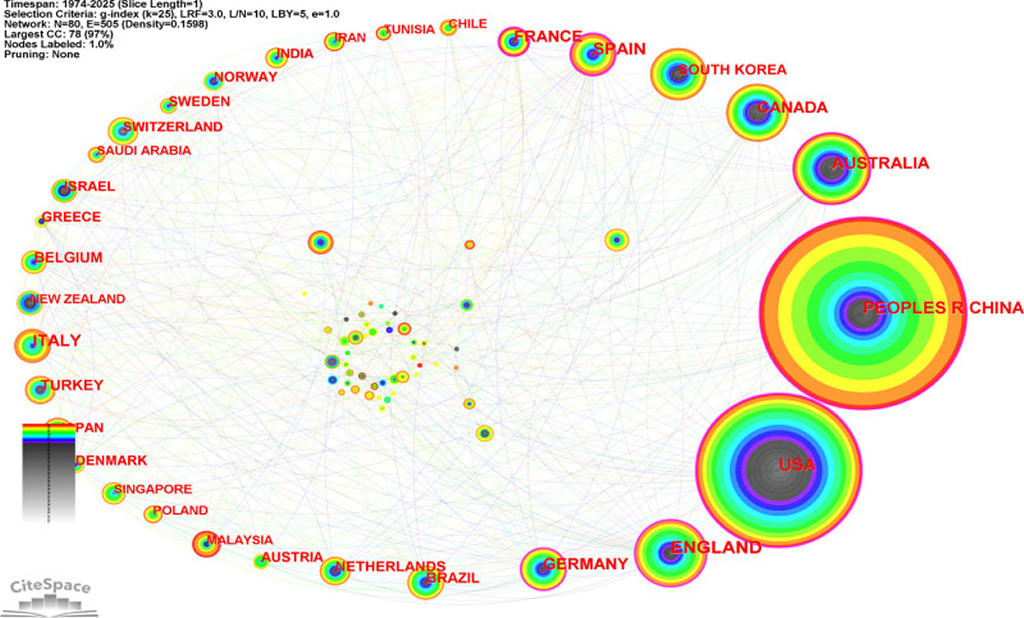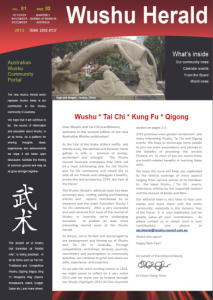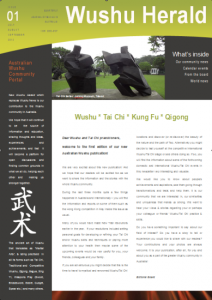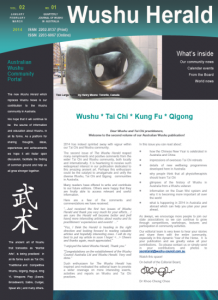Global Research on Chinese Martial Arts (1974-2025): A Bibliometric and Visualization-Based Analysis Using Web of Science
* By Wei Chen, Syahrul Ridhwan Morazuki * Medicine, August 2025 *
Abstract
Background Chinese martial arts (Wushu), representing both competitive sports and cultural heritage, have gained global recognition for their health-promoting benefits. However, a systematic scientometric overview of global Wushu research is still lacking. Objective This study systematically examines global research trends, thematic hotspots, collaboration networks, and scientific impacts of Chinese martial arts from 1974 to 2025. Materials and Methods: This study systematically retrieved English-language articles and reviews from the Web of Science Core Collection (SCI-Expanded and SSCI) published between January 1974 and March 2025, using topic-related terms such as “Wushu,” “Chinese Martial Arts,” “Kung Fu,” “Taijiquan,” and “Tai Chi.” A total of 3955 records were included. The search strategy was refined through multiple rounds of preliminary retrieval and keyword calibration to ensure data accuracy and reproducibility. Bibliometric and scientometric analyses were conducted using Bibliometrix (R version 4.4.3) and its Biblioshiny interface, VOSviewer (version 1.6.20), and CiteSpace (version 6.2.6). The analysis covered publication trends, keyword co-occurrence, collaboration networks, thematic evolution, and citation structures. In addition, linear regression modeling was employed to assess the goodness of fit for annual publication trends. Results Global Wushu research has expanded significantly since the 2000s, with an annual growth rate of 9.41% and a peak of 373 articles in 2022. Research prominently focuses on Tai Chi for balance enhancement, fall prevention, chronic disease management, and mental health, especially in older adults. Keywords such as “Tai Chi,” “exercise,” and “older adults” dominate. China (41.9%) and the United States (24.4%) lead in publications; however, China’s international collaboration (20.6%) is lower compared to the US, Australia, and the UK. Institutionally, Harvard University and Chinese sports and medical universities dominate, while Hong Kong institutions bridge East–West collaborations. High-impact journals like Cochrane Database emphasize clinical applications. Although Chinese scholars lead in productivity, American authors achieve higher citations. Conclusion Over 5 decades, Wushu research has transitioned from traditional techniques to multidisciplinary health sciences, integrating geriatric care, cognitive interventions, and chronic disease rehabilitation. Strengthening international collaboration, exploring underlying mechanisms, and developing personalized digital interventions represent key future directions to enhance the global scientific impact of Chinese martial arts.
About the author(s)

Wei Chen
Faculty of Educational Sciences and Technology, Universiti Teknologi Malaysia, Skudai, Johor, Malaysia
Physical Education Department, Shaanxi Railway Institute, Weinan, People’s Republic of China.

Syahrul Ridhwan Morazuki PhD – Faculty of Educational Sciences and Technology, Universiti Teknologi Malaysia, Skudai, Johor, Malaysia











